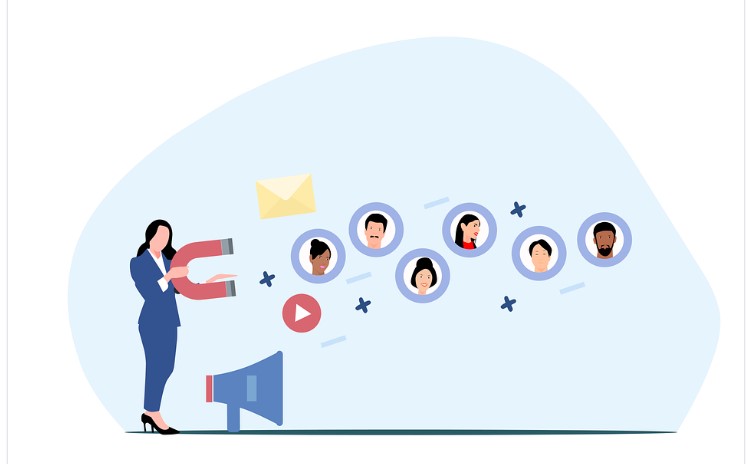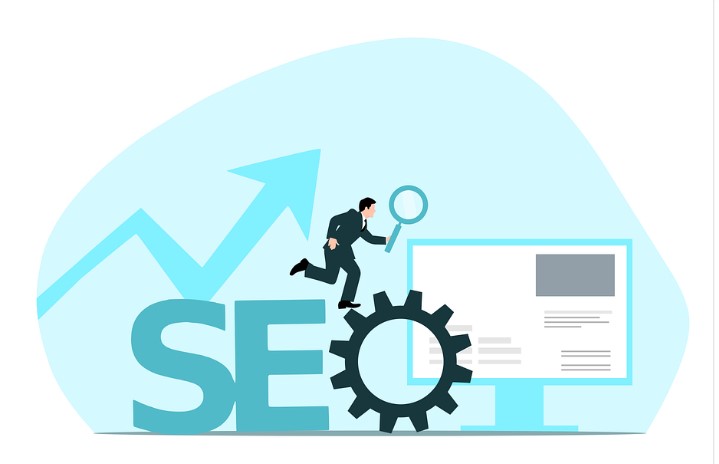Digital marketing is the process of using electronic channels to market and sell products or services. This can include email, social media, search engines, and websites. It is a relatively new form of marketing that has been growing in popularity in recent years.
Many businesses are shifting their focus to digital marketing in order to reach a wider audience and save money on traditional marketing methods. Digital marketing is supposed to replace traditional marketing. It’s cheaper, faster, and more efficient. But does it really work?
Let’s take a look at the pros and cons of digital marketing.
PROS:
- You can track everything.
- You know exactly how many people saw your ad, clicked on it, and converted. –
- It’s easy to target your audience. With traditional marketing, you might place an ad in a magazine that reaches a lot of people, but only a small percentage of them are actually interested in what you’re selling.
- With digital marketing, you can target ads to specific demographics, interests, and even behavior patterns.
- It’s cost-effective. You can reach a lot of people for very little money with digital marketing.
- And if you’re smart about it, you can even make some money back through affiliate programs or other forms of advertising revenue sharing.
CONS:
- It takes time to learn how to do it well.
- Digital marketing is complex and ever-changing.
- If you want to stay ahead of the curve and be successful at it, you need to invest time and energy into learning new strategies and best practices.
- Not everyone is online yet. There are still plenty of people who don’t have access to the internet or who don’t use it regularly.
- While this number is shrinking every day, it’s still important to consider when planning your marketing strategy.

Why Digital Marketing is Taking Over Traditional Marketing?
Digital marketing is taking over traditional marketing for a variety of reasons.
- First, it is more efficient and effective in terms of reaching target audiences.
For example, with digital marketing, businesses can target specific demographics and receive real-time feedback about their ads. - Additionally, digital marketing is more interactive and engaging than traditional marketing techniques like print or TV ads.
- Finally, digital marketing is less expensive than traditional marketing methods like direct mail or magazine advertising.
How Has Digital Marketing Changed Traditional Marketing?
Digital marketing has changed traditional marketing in a number of ways. One of the most significant changes in the way that companies can target their audience. With traditional marketing, companies would generally take a more blanket approach, using methods such as television and radio advertising to reach as many people as possible.
However, with digital marketing, companies can use data to target their ads more specifically those who are most likely to be interested in what they have to offer. This allows for more efficient use of resources and means that companies can get more bang for their buck when it comes to advertising. Another change that digital marketing has brought about is the way that customers can interact with brands.
In the past, customers would generally only have one-way communication with brands, through methods such as TV commercials or print ads. However, now customers can interact directly with brands through social media and other online channels. This two-way communication is valuable for both customers and brands, as it helps to build trust and loyalty between them.
Finally, digital marketing has also changed the way that companies measure the success of their campaigns. In the past, marketers would often rely on things like brand awareness or sales figures to gauge how well their campaign had performed. However, now there are a whole host of metrics available which give insights into things like website traffic, engagement levels, and even conversion rates.
Is Digital Marketing a Traditional Marketing?
Digital marketing is not traditional marketing. Traditional marketing generally includes print advertisements, television commercials, radio ads, and other similar methods of reaching out to customers. Digital marketing, on the other hand, uses digital channels such as search engines, social media, email, and websites to reach out to customers.
Digital marketing is often considered to be more effective and efficient than traditional marketing because it allows businesses to target a specific audience with laser precision. For example, if a business wants to reach millennial women who are interested in health and fitness, they can use digital marketing techniques like targeted Facebook ads and Google AdWords campaigns to reach their target market. Digital marketing also allows businesses to track data and measure results much more effectively than traditional marketing techniques.
Why is Digital Better Than Traditional?
Digital marketing is the process of using electronic devices to promote or market products and services. Traditional marketing, on the other hand, is a form of marketing that relies on more traditional means, such as print media (newspapers, magazines, flyers), television, radio, and face-to-face interactions. So why is digital better than traditional?
Here are three reasons:
1. Digital marketing is more cost-effective than traditional marketing.
With digital marketing, you can reach a large audience with a small budget. You don’t need to spend money on printing costs or advertising space. And you can target your audience specifically, so you’re not wasting time and money reaching people who aren’t interested in what you have to offer.
2. Digital marketing is more measurable than traditional marketing.
It’s easy to track how many people see your ad or click on your link. This information can help you gauge the effectiveness of your campaign and make necessary adjustments along the way. With traditional marketing campaigns, it’s much harder to track results and determine what’s working and what isn’t.
3. Digital marketing is more interactive than traditional marketing.
With digital marketing techniques like email marketing and social media Marketing, you can start a two-way conversation with potential customers instead of just broadcasting a message one-way. This interaction can help build relationships with potential customers and create brand loyalty among current customers.
Additionally, interactive content has been shown to be more effective at holding attention and engaging viewers than non – interactive content. Ӏnteractive content includes things like quizzes, polls, surveys, infographics, videos, games, etc. Үou cаn use these types оf content tо drive traffic tо уour website аnd increase conversions.

Digital Marketing Vs Traditional Marketing Statistics 2023
Digital marketing and traditional marketing are both important channels for marketing your business. But which one should you focus on? Here’s a look at the statistics for digital marketing vs traditional marketing in 2023.
Digital Marketing:
- 85% of businesses will use digital marketing (up from 80% in 2020)
- 60% of businesses will increase their digital marketing budgets (up from 54% in 2020)
- 55% of businesses will use social media for digital marketing (up from 50% in 2020)
- 48% of businesses will use email for digital marketing (up from 44% in 2020)
- 33% of businesses will use content marketing (up from 30% in 2020)
Traditional Marketing:
- 50% of businesses will use traditional advertising (down from 55% in 2020)
- 40% of businesses will use direct mail (down from 45% in 2020)
- 35% of businesses will use print ads (down from 40% in 2020)
As you can see, both digital and traditional marketing channels are still important, but digital is growing at a faster rate. If you’re looking to invest in new marketing initiatives, focus on digital channels like social media and email. Content marketing is also a great option that can be used across both digital and traditional channels.
Conclusion
Digital marketing is the process of using online channels to promote or market products and services. These online channels include search engines, social media, email, and websites. Digital marketing is supposed to replace traditional marketing because it is more effective and efficient.
Additionally, digital marketing is more interactive and engaging than traditional marketing.
